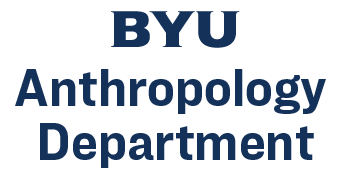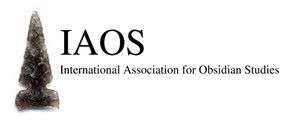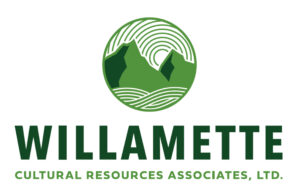Today’s featured symposium is “Multi-Disciplinary Investigations of Cultural and Ecological Assemblages at the Paisley Caves in the Chewaucan Basin, South-Central Oregon.” The symposium features nine presentations highlighting ongoing work with the Paisley Caves assemblage. The Paisley Caves are unusually rich repositories of cultural and natural materials accumulated in deposits spanning 16,000 years in age. Located on the high shoreline of pluvial Lake Chewaucan in the Summer Lake sub-basin of the Chewaucan basin, these caves and rockshelters have been professionally investigated twice. First, by Luther Cressman in the period 1937-1940 and later by Dennis Jenkins and the University of Oregon field school between 2002 and 2011. Analyses of fish bone, isotopes, megafauna, small mammals, pollen, macrobotanical remains, birds, and insects assist in reconstructing the local ecology over a period of 16,000 years. A total of 353 radiocarbon dates has been obtained on artifacts, bones, cultural features, coprolites (human and non-human), and naturally accumulated plant and animal remains. Obsidian sourcing and hydration performed on >500 specimens provide new insight into the demography and mobility of local populations spanning >14,000 years. The analysis of human coprolites, perishable and non-perishable artifacts, and cultural features provides clarity into the lifeways and challenges of some of the Great Basin’s earliest occupants.
Today, we would also like to thank three corporate sponsors at the Mojave Level: (1) the Brigham Young University Anthropology Department; (2) International Association for Obsidian Studies (IAOS); and (3) Willamette Cultural Resources Associates.
Through a combination of classroom and fieldwork, BYU’s Anthropology Program trains students in current methods and theory while teaching critical analysis skills necessary for many careers as well as training for further graduate education. Their programs and faculty research areas focus on sociocultural anthropology, archaeology, and museum studies. Department faculty provide a variety of opportunities for students to participate in mentored research in subjects of their interest. To learn more, please visit https://anthropology.byu.edu/
The International Association for Obsidian Studies (IAOS) was formed in 1989 to provide a forum for obsidian researchers throughout the world. Major interest areas include obsidian hydration dating, obsidian and materials characterization (“sourcing”), geoarchaeological obsidian studies, obsidian and lithic technology, and the prehistoric procurement and utilization of obsidian. To learn more, please visit https://www.deschutesmeridian.com/IAOS/
Willamette Cultural Resources Associates (WCRA) is a full-service cultural resource management firm serving the Pacific Northwest. They are committed to the wellbeing of their staff, partners, and the community at large. They have offices in Portland and Seattle, and offer a full range of professional services in all areas of cultural resource management, prehistoric and historical archaeology, architectural history, and ethnographic research that are designed to meet federal, state, and local government historic preservation compliance requirements. To learn more, please visit https://willamettecra.com/



